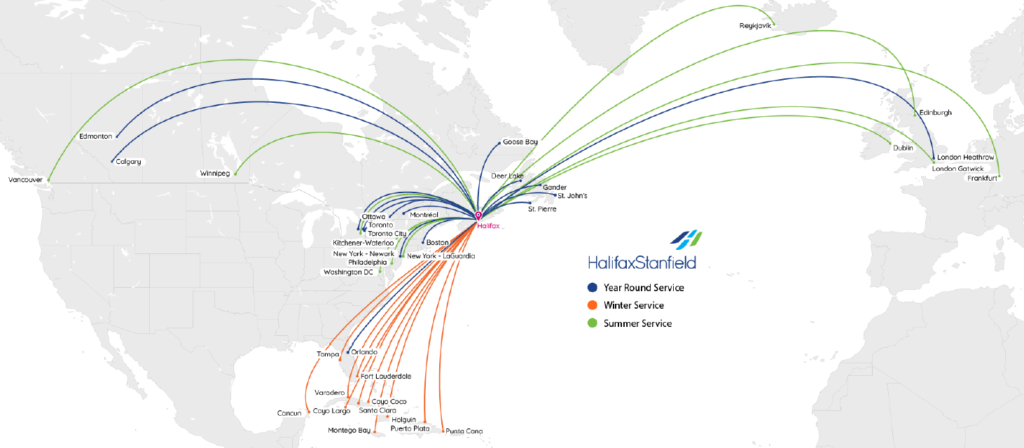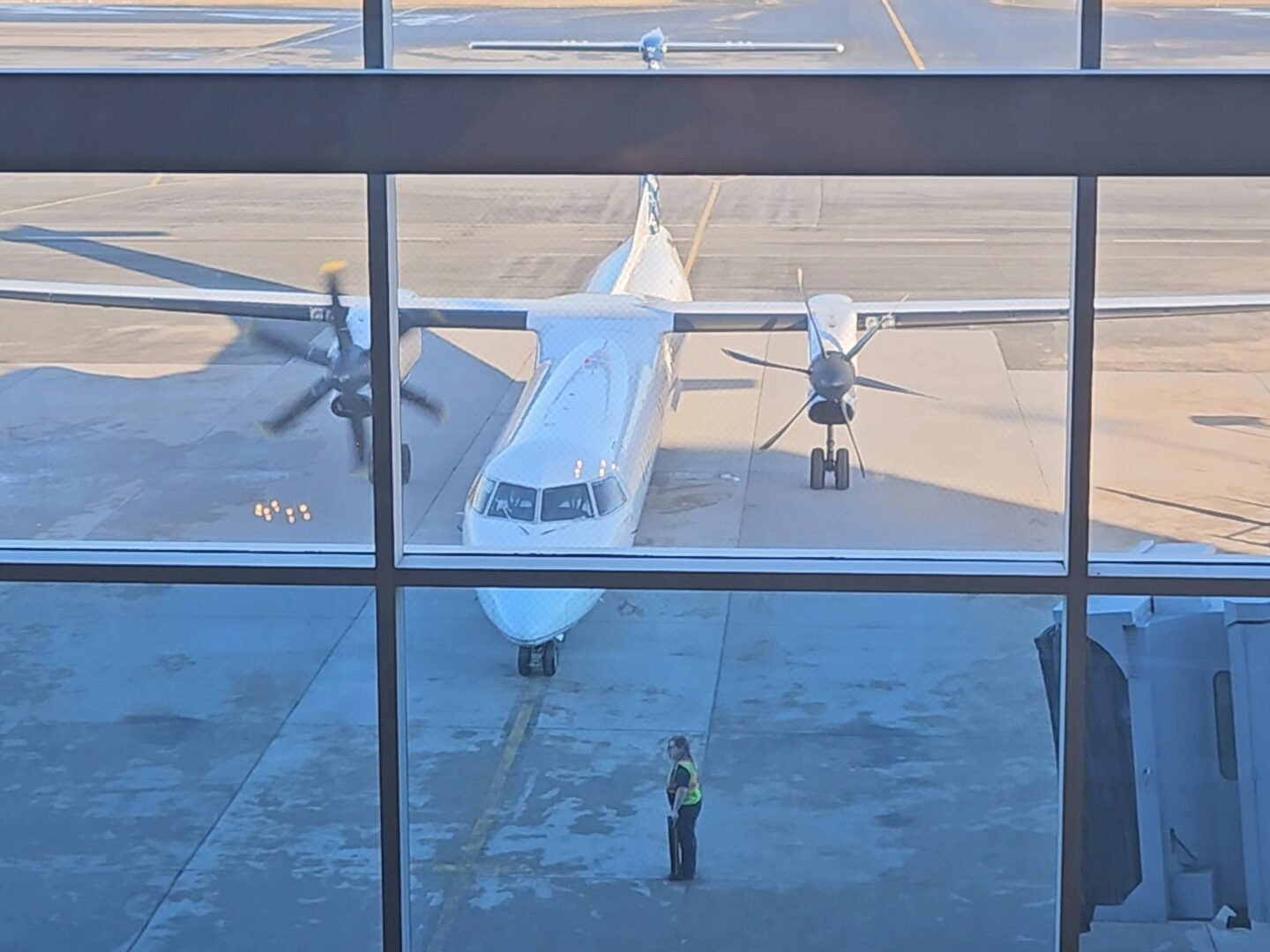Halifax Stanfield International Airport stands as a prominent hub within the Canadian aviation landscape, earning its spot among the top 10 international airports in the country. Boasting a rich history since its establishment in 1960 by the Department of Transport, the airport has evolved into Atlantic Canada’s largest, spanning 960 hectares of land. With two well-maintained runways—Runway 5/23 measuring 3200 meters and Runway 14/32 at 2346 meters—the airport facilitates the smooth movement of aircraft, accommodating approximately 3.5 million passengers in the past year (2023). The airport’s significance is underscored by its extensive connectivity map, solidifying its status as a major international destination. Halifax Stanfield International Airport seamlessly links travelers to various destinations, making it a vital gateway for those seeking efficient and convenient connections. As it continues to evolve and innovate, the airport stands as a testament to Canada’s commitment to providing world-class aviation services.

Non Stop Routes
An essential contributor to the economic development of Nova Scotia, Halifax Stanfield plays a pivotal role in enhancing provincial wealth. Notably, it holds the distinction of being the first airport in North America to implement a self-serve baggage drop facility, a convenience appreciated by all its passengers. Situated 40 kilometers from downtown Halifax, the strategic location of Nova Scotia transforms the airport into a key player in connecting flights, offering nonstop routes to Europe, North and South America.

Master Plan 2041
In a bold move set to redefine the aviation landscape, the Halifax Airport Authority has unveiled its ambitious Master Plan 2041, a visionary blueprint outlining the trajectory for the next two decades. The cornerstone of this plan? Propelling Halifax International Airport to new heights with an estimated annual passenger count of 6.6 million by the year 2041 – a staggering double of what was recorded in 2023.

At the heart of this transformative journey lies a commitment to comprehensive development, with the Authority poised to make substantial investments in upgrading existing terminals, expanding the airfield, and introducing cutting-edge technology. The goal? To not only meet the burgeoning demands of air travel but to exceed expectations by enhancing efficiency, safety, and the overall passenger experience.
One of the focal points of the Master Plan is the expansion of security and screening stations. Recognizing the paramount importance of ensuring the safety and well-being of travelers, the Authority aims to implement state-of-the-art security measures that align with international standards. This strategic investment not only bolsters the airport’s standing in terms of global security protocols but also instills confidence among passengers.
The ripple effect of Halifax International Airport’s envisioned growth is set to extend far beyond its terminals. The local community is poised to reap the rewards, as increased air traffic translates to a surge in economic opportunities. Job creation, business growth, and a boost to local commerce are all on the horizon, painting a promising picture for the residents of Halifax and the surrounding areas.
As we gaze into the future, it becomes evident that Halifax International Airport is not merely an infrastructure project; it is a catalyst for community development and economic prosperity. The Master Plan 2041 signals a commitment to progress, ensuring that Halifax takes its place as a key player in the global aviation landscape. So, fasten your seatbelts, Halifax – the journey to 2041 promises to be one of soaring success and boundless opportunities.
